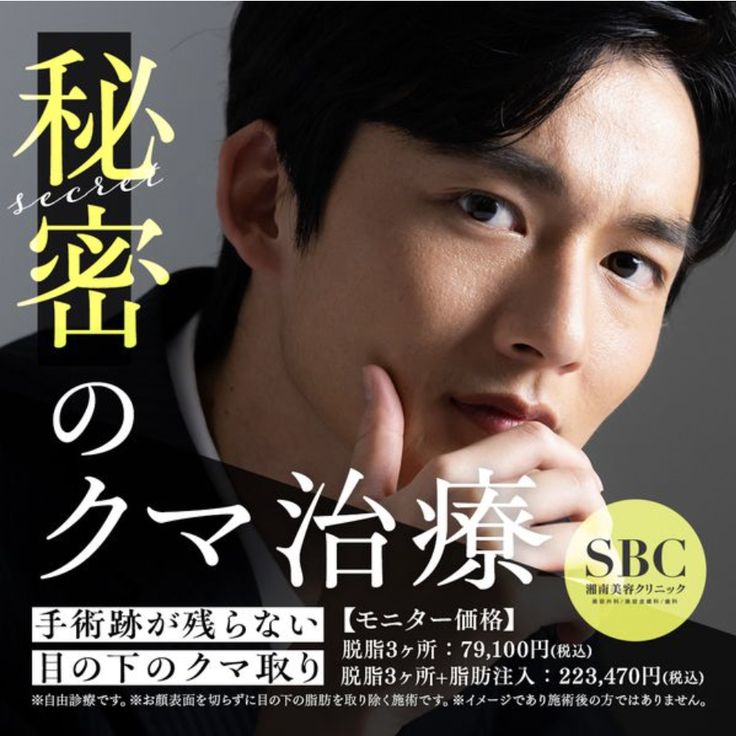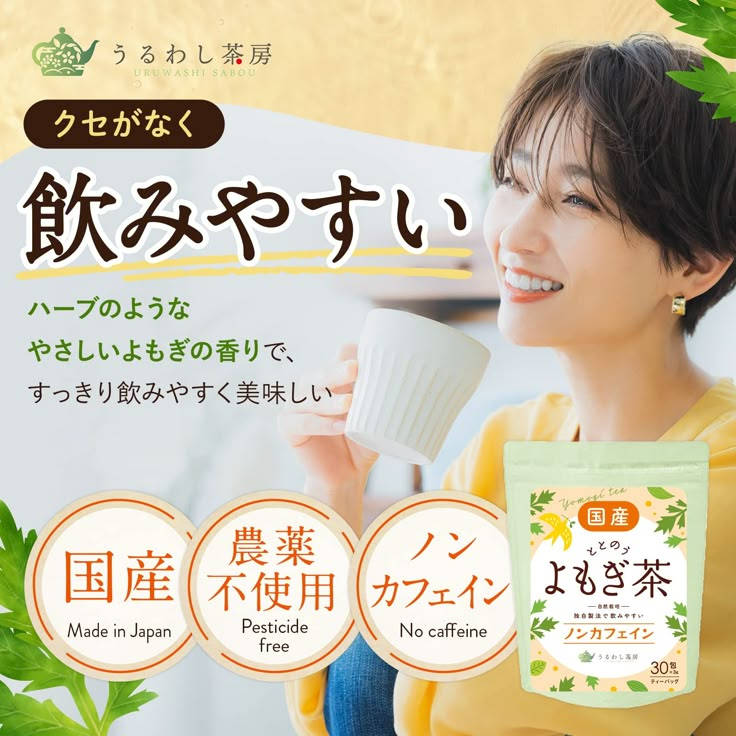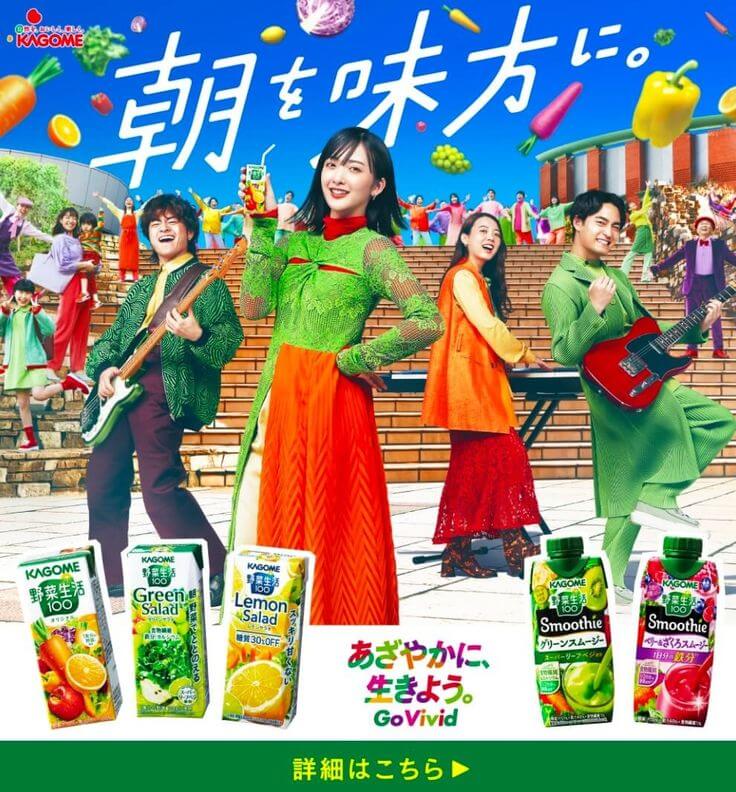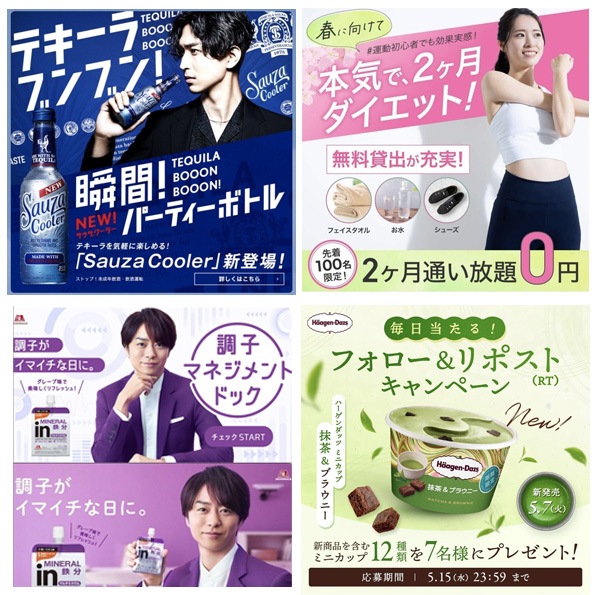
When creating Japanese Facebook ads, one of the biggest mistakes many make is simply translating their original English ads into Japanese. While translation ensures your message is understandable, it doesn’t guarantee that it resonates. In fact, without considering cultural context, tone, and style, a direct translation can often feel flat—or worse, disconnected from the audience.
To design effective ads in Japan, you need to go beyond translation and truly localize your message. That means understanding not just what your audience reads, but how they feel, interpret, and emotionally connect with the words and visuals you use.
1. Start With Your Target Audience


As with any ad campaign, knowing who you’re speaking to is step one. Japanese consumers are highly diverse, with differences across age groups, regions, and lifestyles. For example:
- Young audiences may respond more to playful, energetic ads with slang and lighthearted visuals.
- Professionals may prefer ads that highlight reliability, trust, and subtle sophistication.
- Family-focused consumers often look for warmth, safety, and practical value.
By narrowing your audience, you can better choose the copy, imagery, and even colors that resonate in Japanese culture.
2. Go Beyond Translation: Rewrite With a Japanese Marketing Lens


English ads often rely on direct, straightforward messaging. In contrast, Japanese marketing tends to value subtlety, emotional resonance, and sensory appeal. Simply translating an English headline may miss the nuances that Japanese readers expect.
For instance, instead of saying:
“Crispy chips you’ll love”
A Japanese ad might phrase it as:
“パリパリっと広がる、やみつきのおいしさ。”
(“With each crisp bite, the irresistible flavor spreads.”)
Notice the use of onomatopoeia (パリパリ, “pari pari” for crispy) and emotional expression (“irresistible flavor spreads”). These elements connect with the audience in a way that a literal translation never could.
3. Use Sensory & Playful Language


Japanese ads often incorporate words tied to sound, touch, and taste—what marketers call giongo (sound-imitating words) and gitaigo (mimetic words). These words add texture and bring the experience to life.
Examples include:
- サクサク (saku saku) – crunchy
- ふわふわ (fuwa fuwa) – fluffy
- キラキラ (kira kira) – sparkling
- つるつる (tsuru tsuru) – smooth
When woven into ad copy, they create an immediate sensory connection. This makes the ad feel more vivid and engaging, while also building trust—because consumers feel the product’s qualities are being described in a relatable, almost tactile way.
4. Design With Cultural Preferences in Mind


Japanese social media ads often use soft colors, playful layouts, and character-based visuals (mascots or illustrated icons) to grab attention. Minimalist and elegant designs also work well, depending on the audience.
The key is balance: an ad shouldn’t feel overly aggressive or sales-driven. Instead, it should invite curiosity and gently guide the consumer toward your brand.
5. Test and Refine Locally
Finally, always test your ads with Japanese users before launch. A phrase that sounds catchy in English may feel awkward in Japanese. Likewise, humor and cultural references rarely translate directly. Feedback from native speakers and marketers is essential for polishing your ad copy and design.
Key Takeaway
Designing social media ads for Japan isn’t just about translating words—it’s about translating emotions. By understanding your target audience, embracing playful and sensory language, and respecting cultural nuances, you can create ads that truly connect and convert in the Japanese market.


